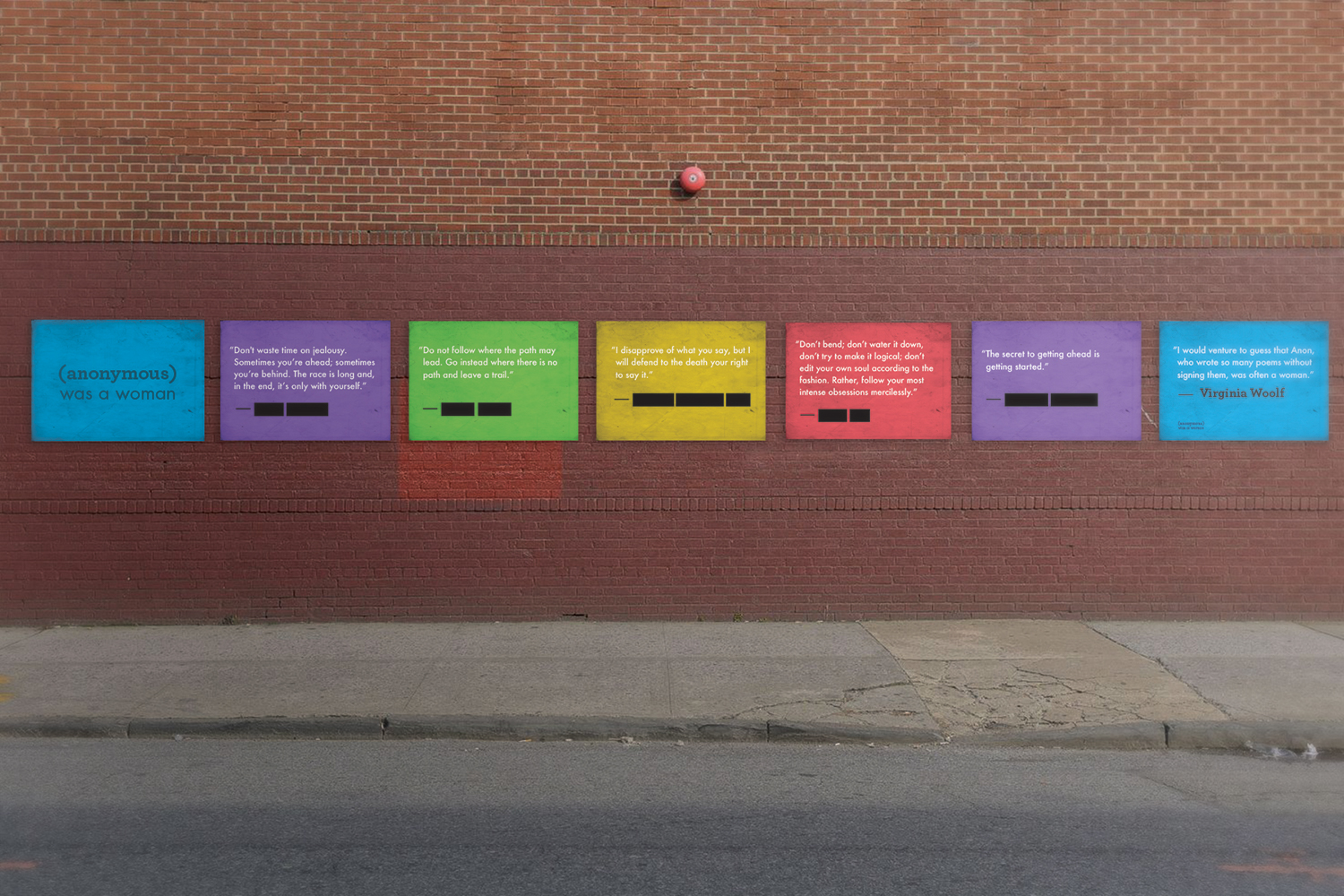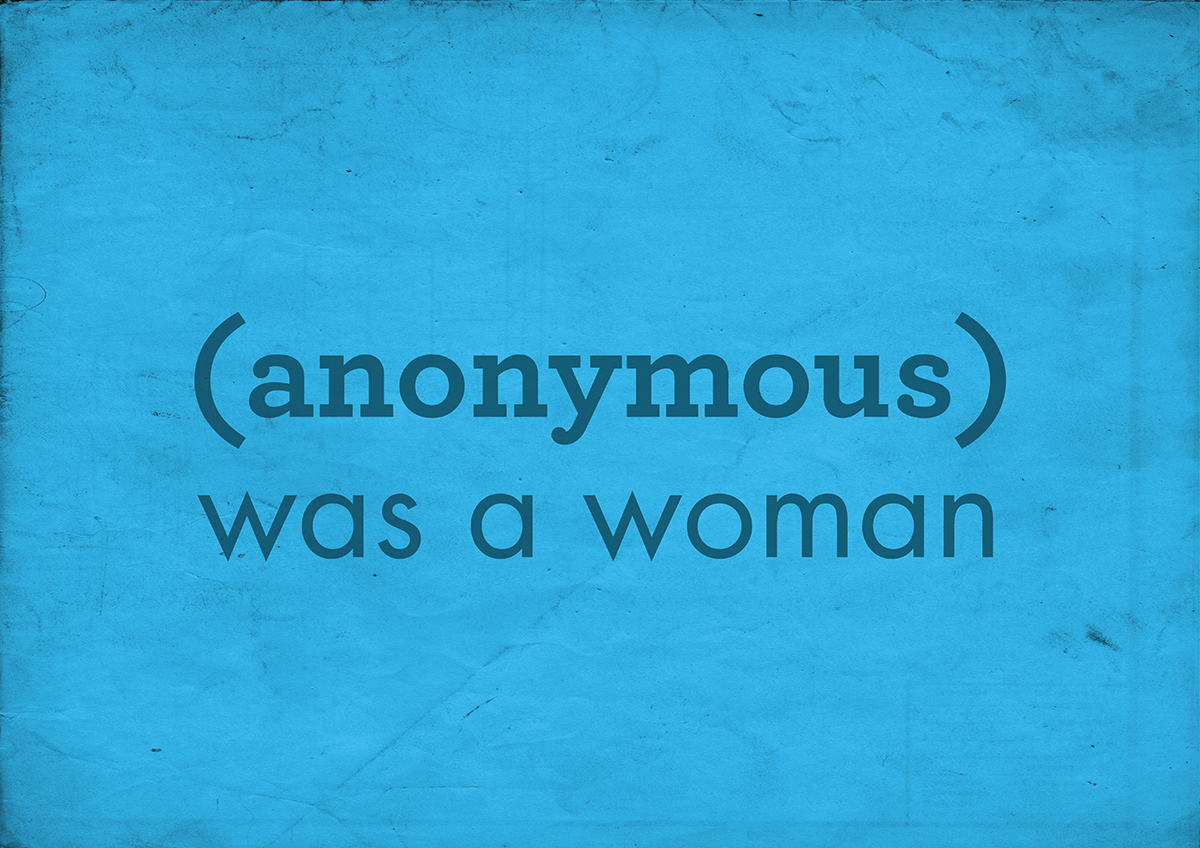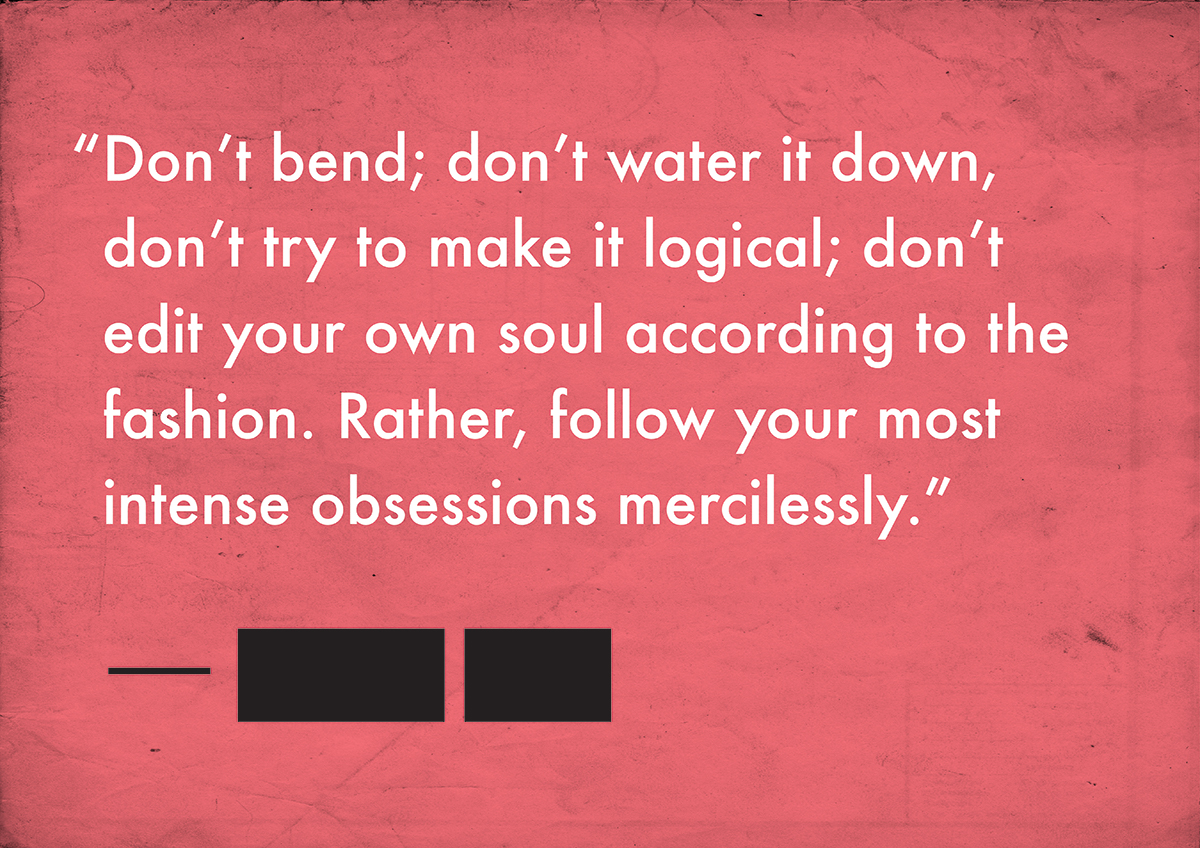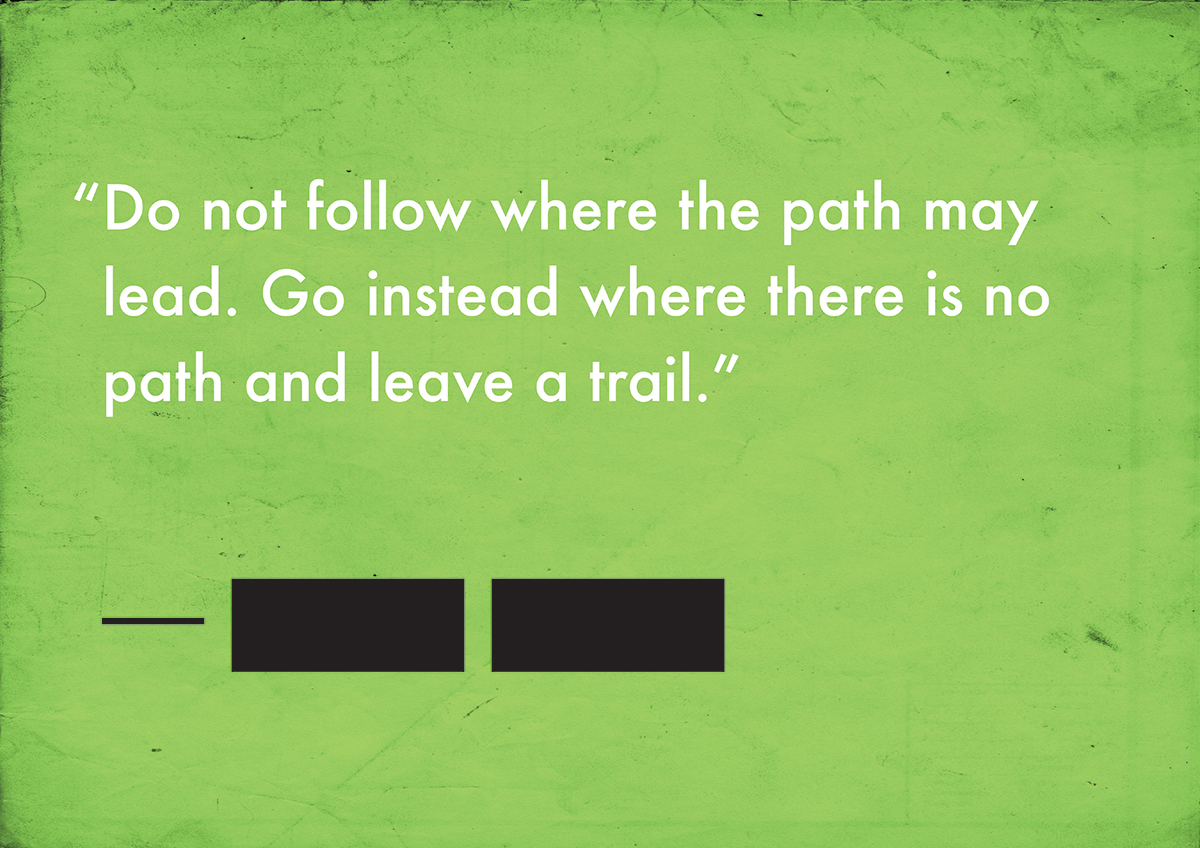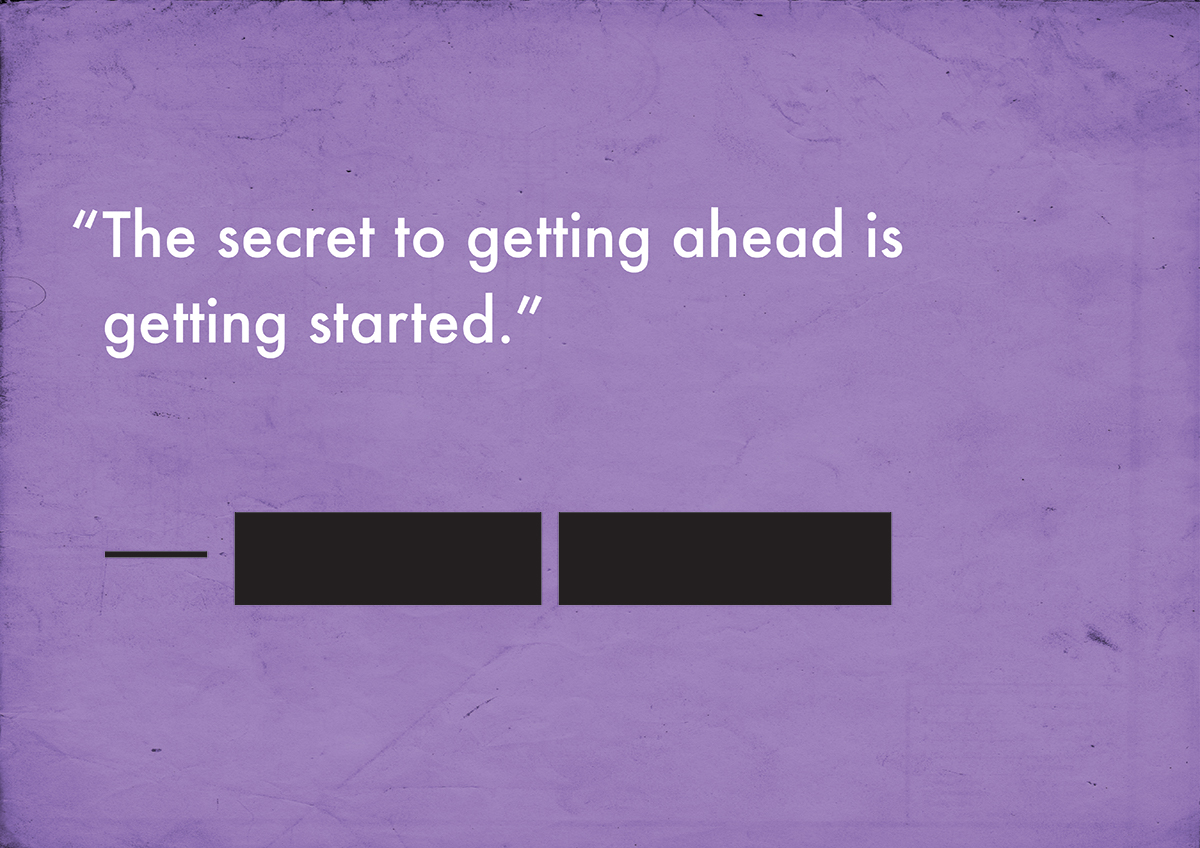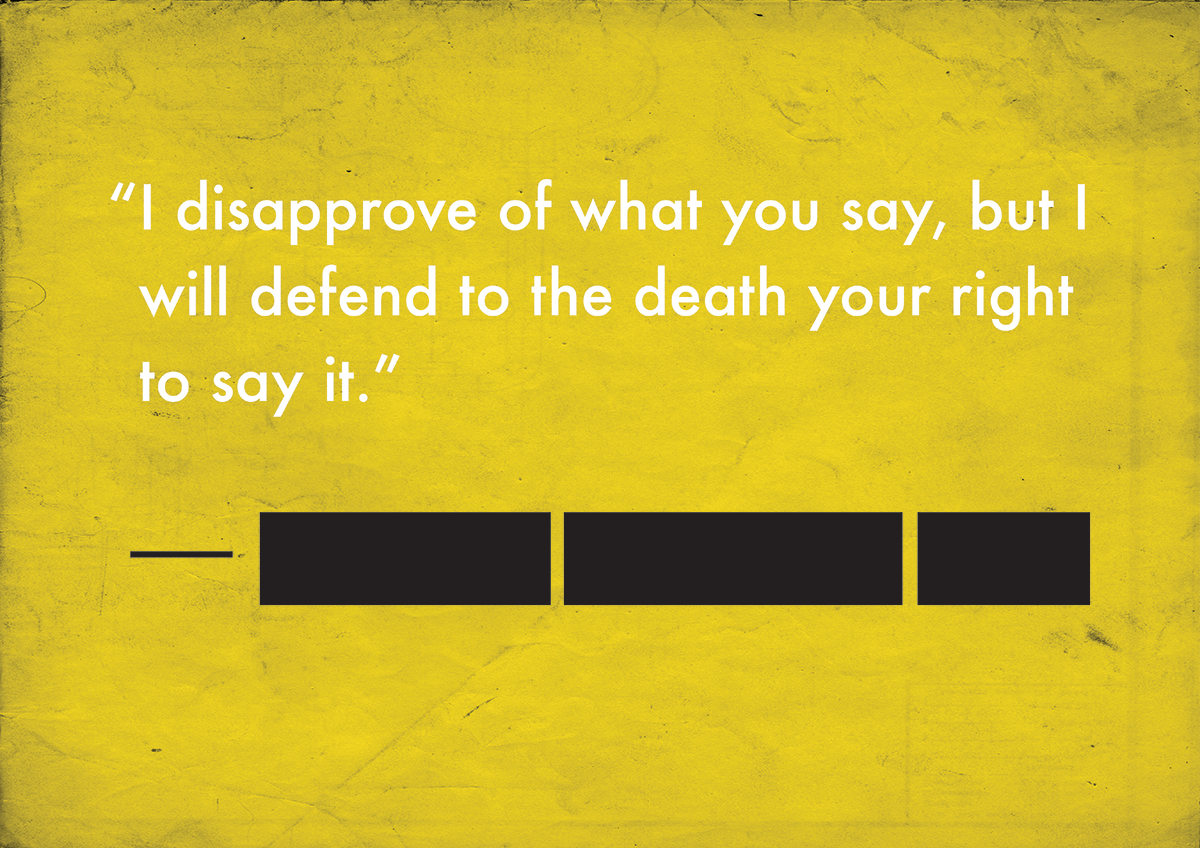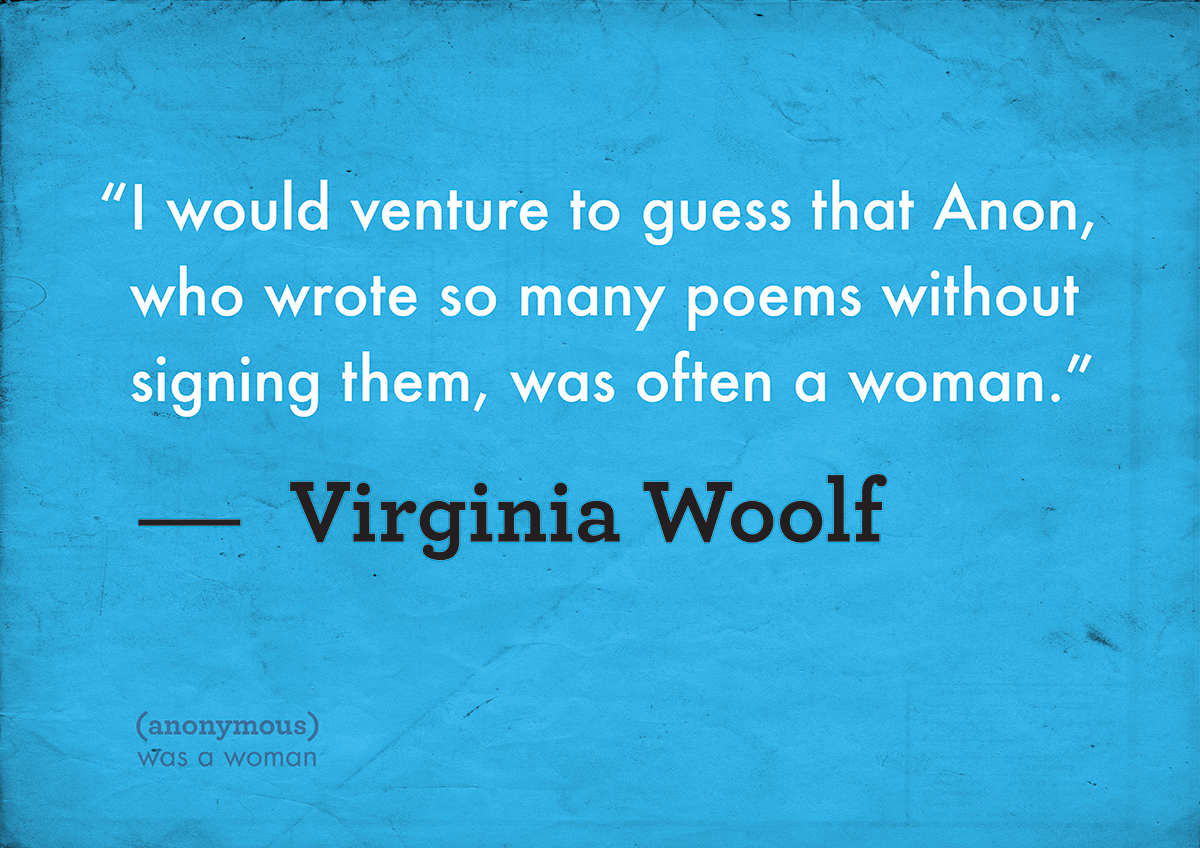
The Cause
Anonymous Was A Woman is challenging the biases we all have about women in history. It is based on the quote by Virgina Woolf, “I would venture to guess that Anon, who wrote so many poems without signing them, was often a woman.” Given an accomplishment or quote without a source, we often assume it should be attributed to a man. The campagin argues that this is a disservice to both human history and women today.
Anonymous Was A Woman is targeting educated adults who would not think of themselves as having this bias, but still do. Anonymous Was A Woman’s name comes from an often shared shortened version of the Virginia Woolf quote: “For most of history, anonymous was a woman.” The name succinctly summarizes the purpose of the campaign.

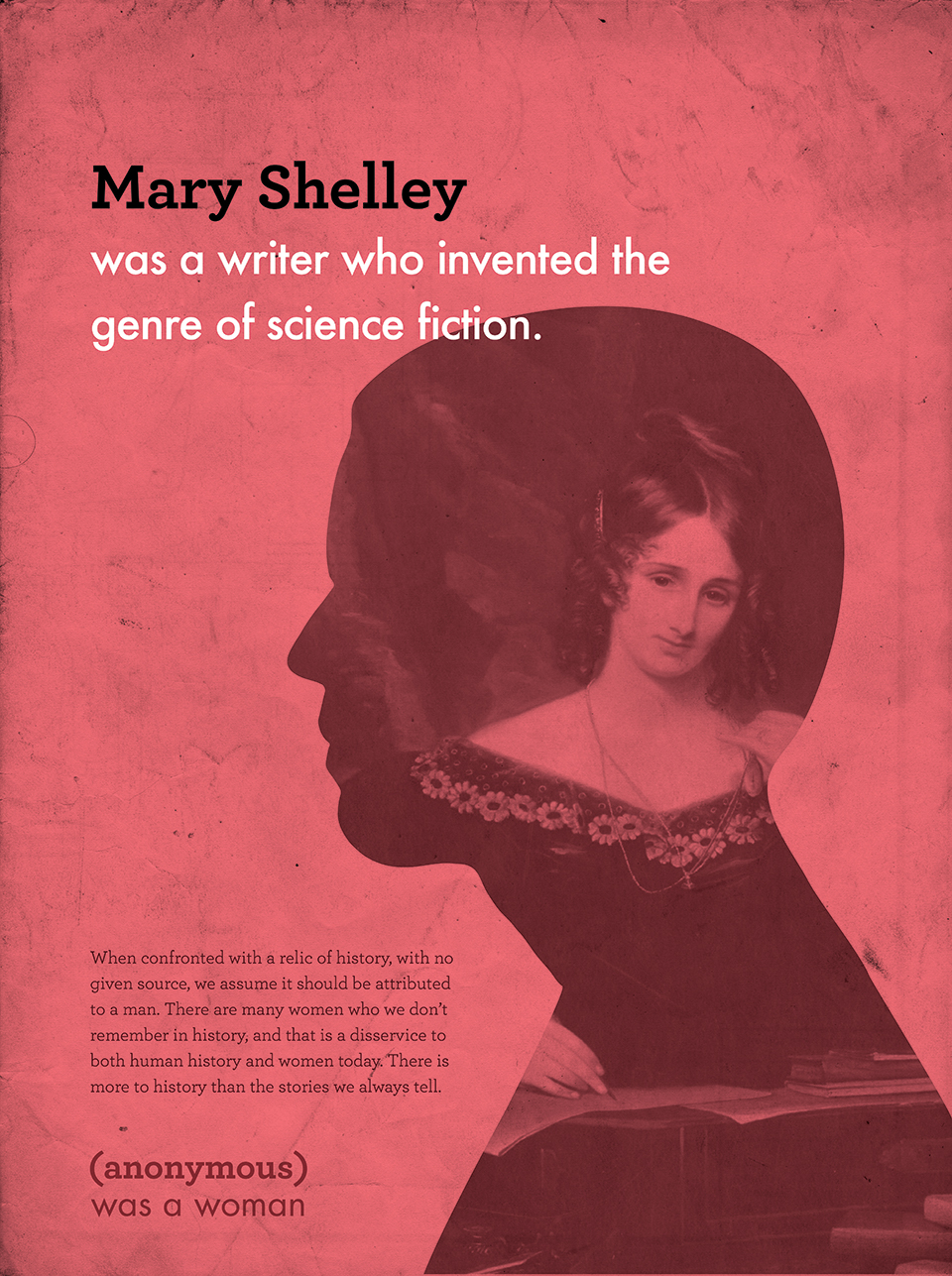
Series 1
The first piece of the campaign is a series of printed materials that work in pairs. This series is based in forgotten women’s accomplishments. Their forgotten nature renders them anonymous. In the rst panel, the redaction bars and silhouette set up the neutral mood. The only information the viewer is given is the masculine sounding accomplishment. In the second panel, the bars are removed and the silhouette is lled in, revealing that the accomplishment belongs to a woman.
In context, the pairs would never appear directly next to each other. This is to adequately time the reveal and make sure the meaning is felt. The viewer must process the set up before the reveal can make any impact. The ip of this page is one example of how this can be accomplished.
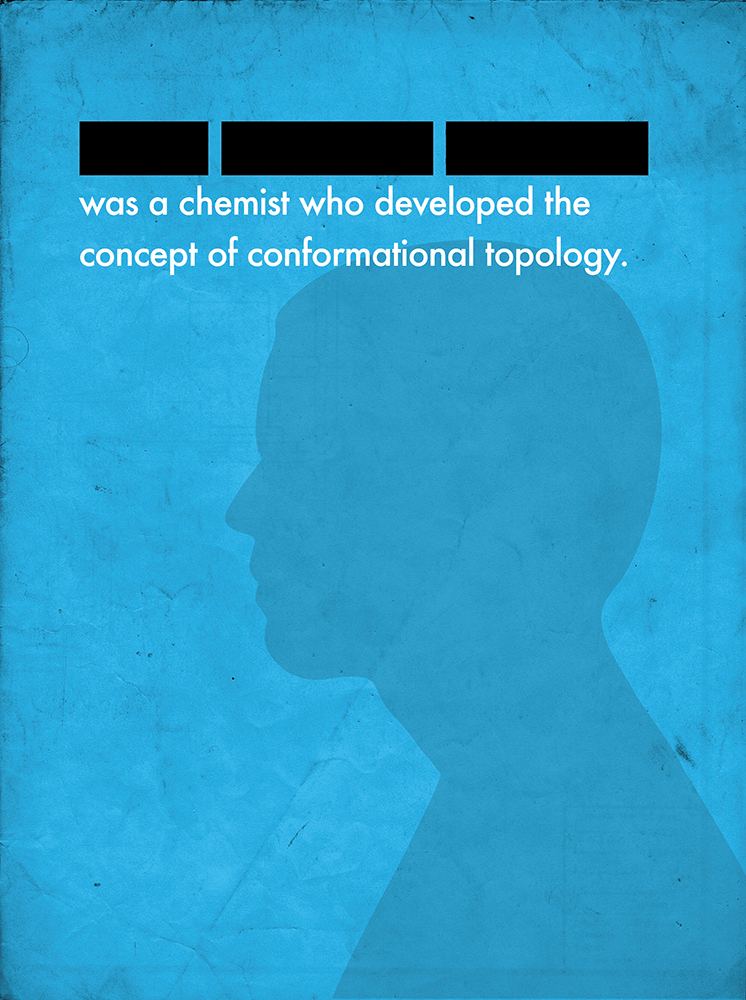
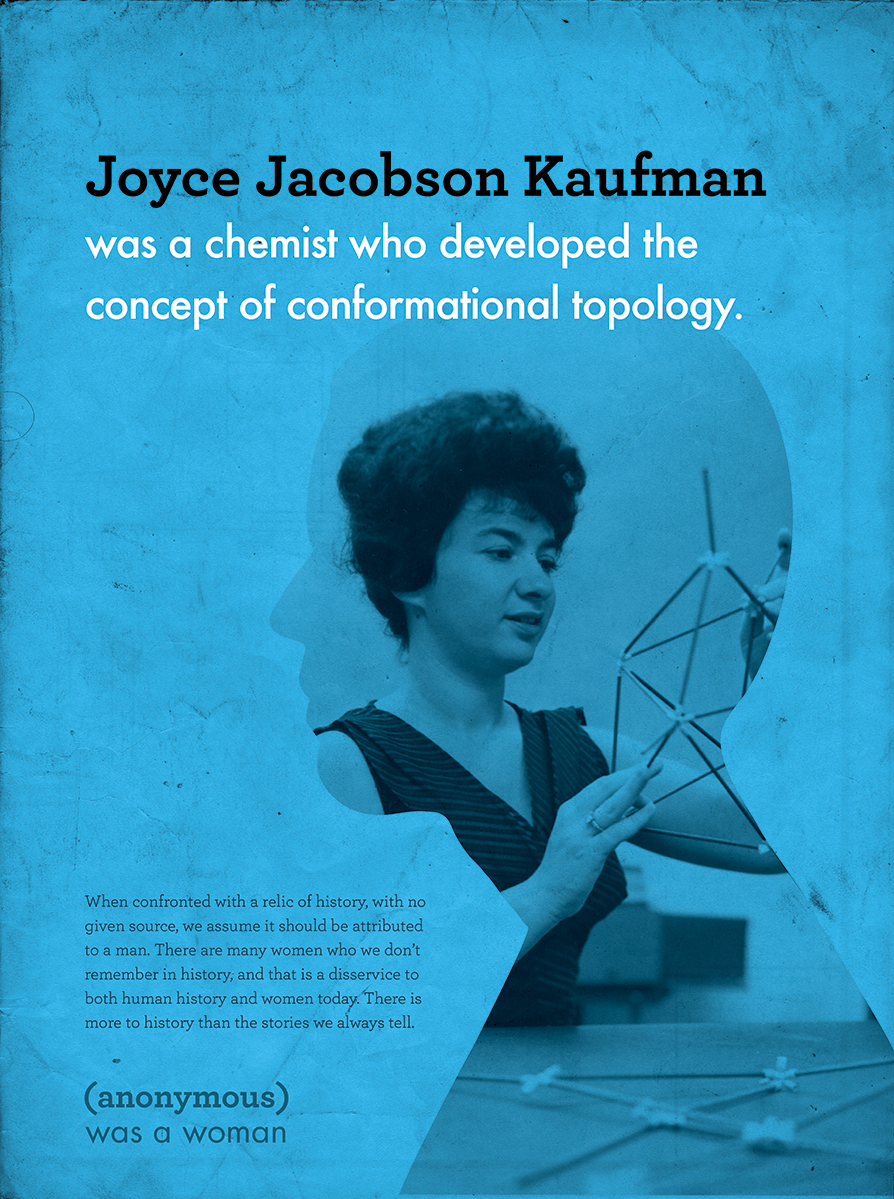
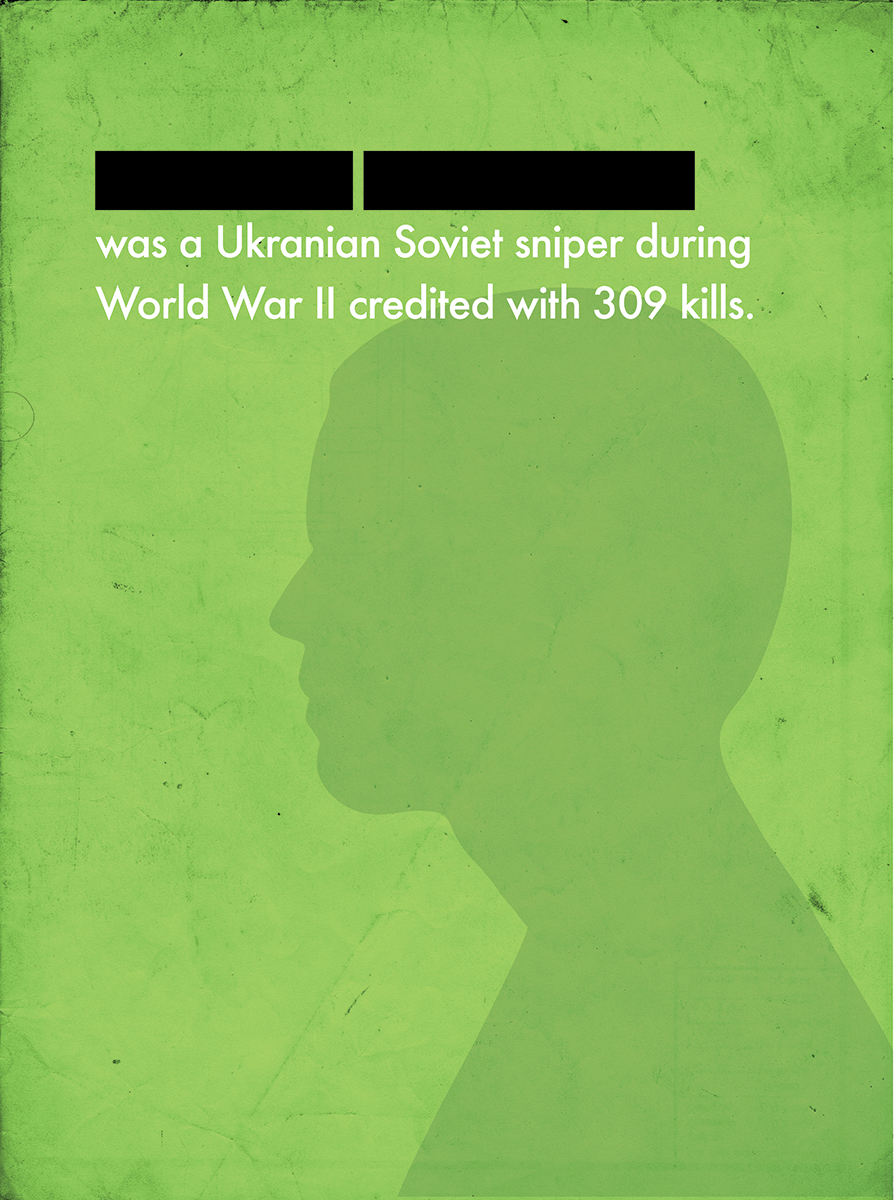

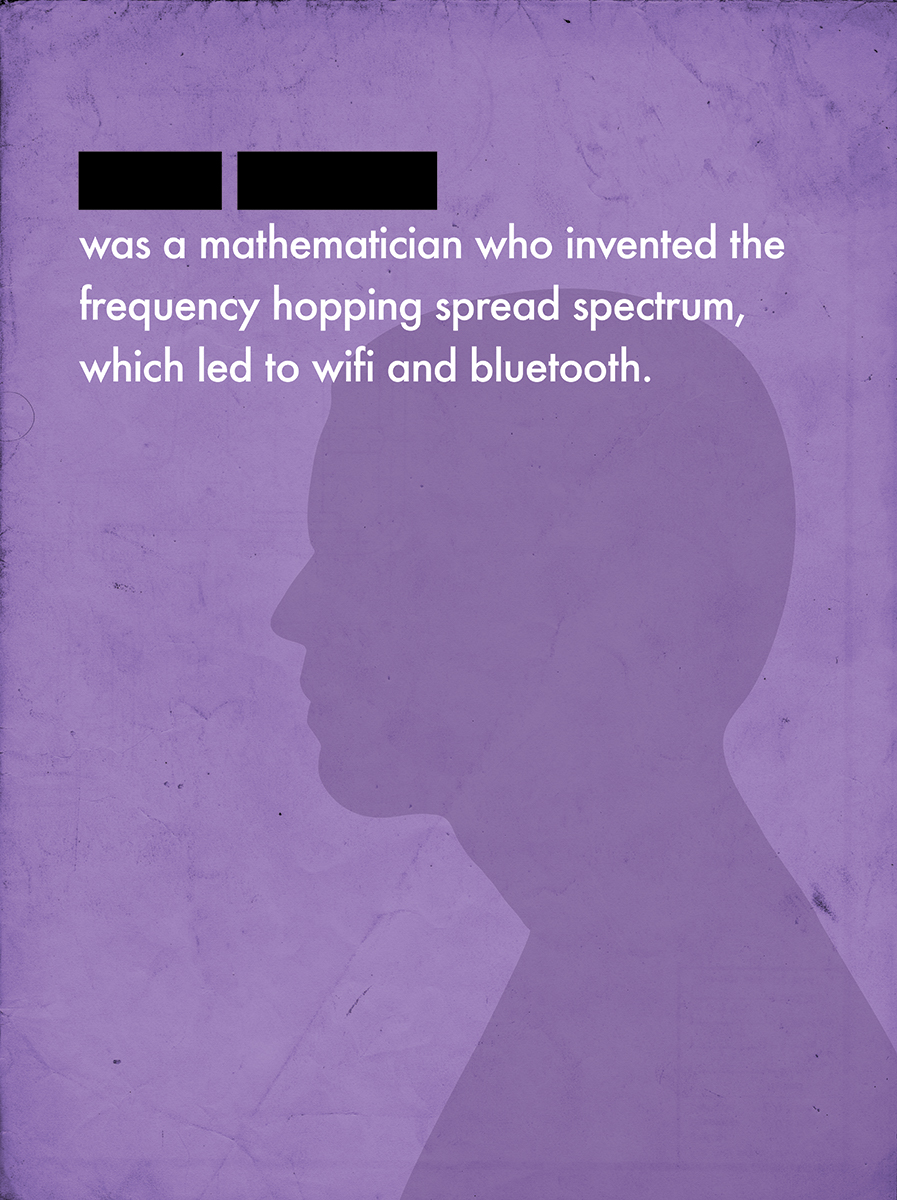
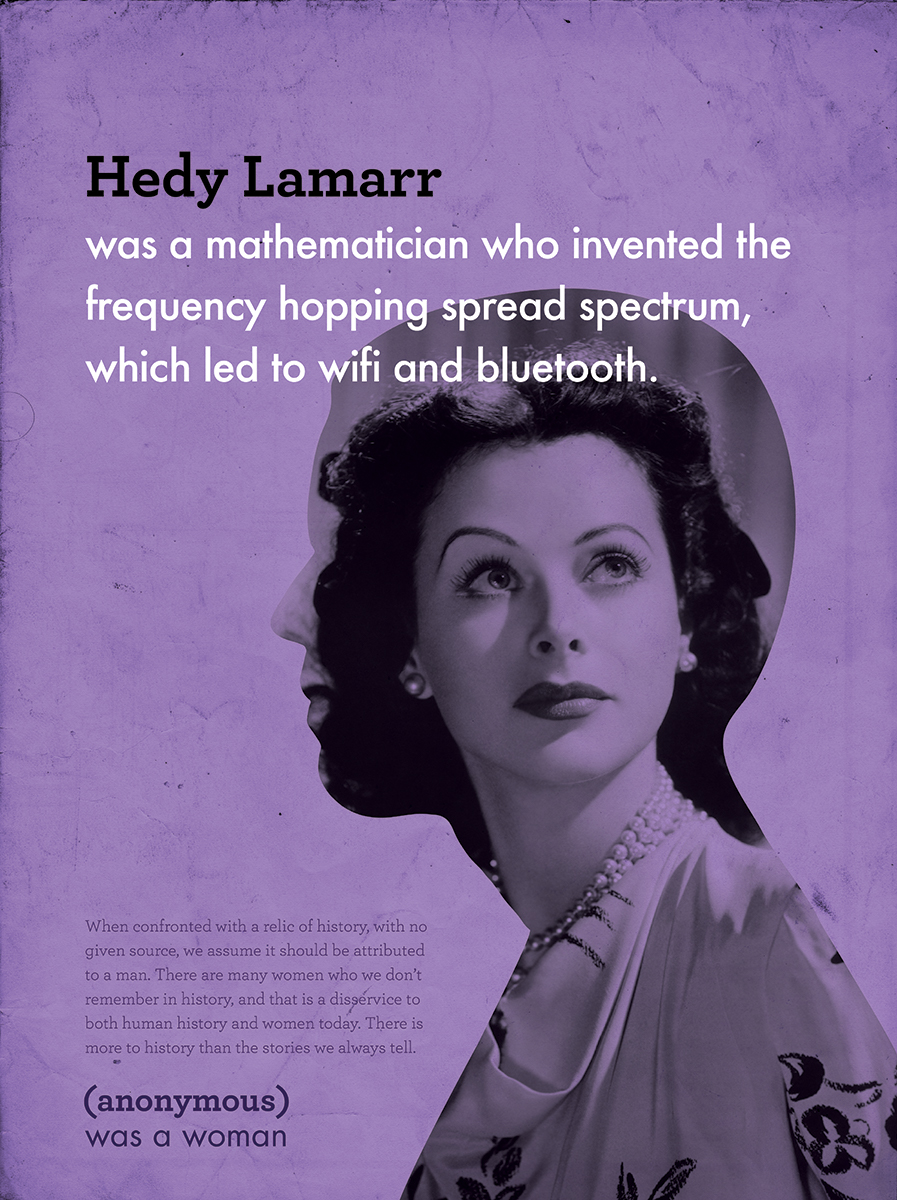
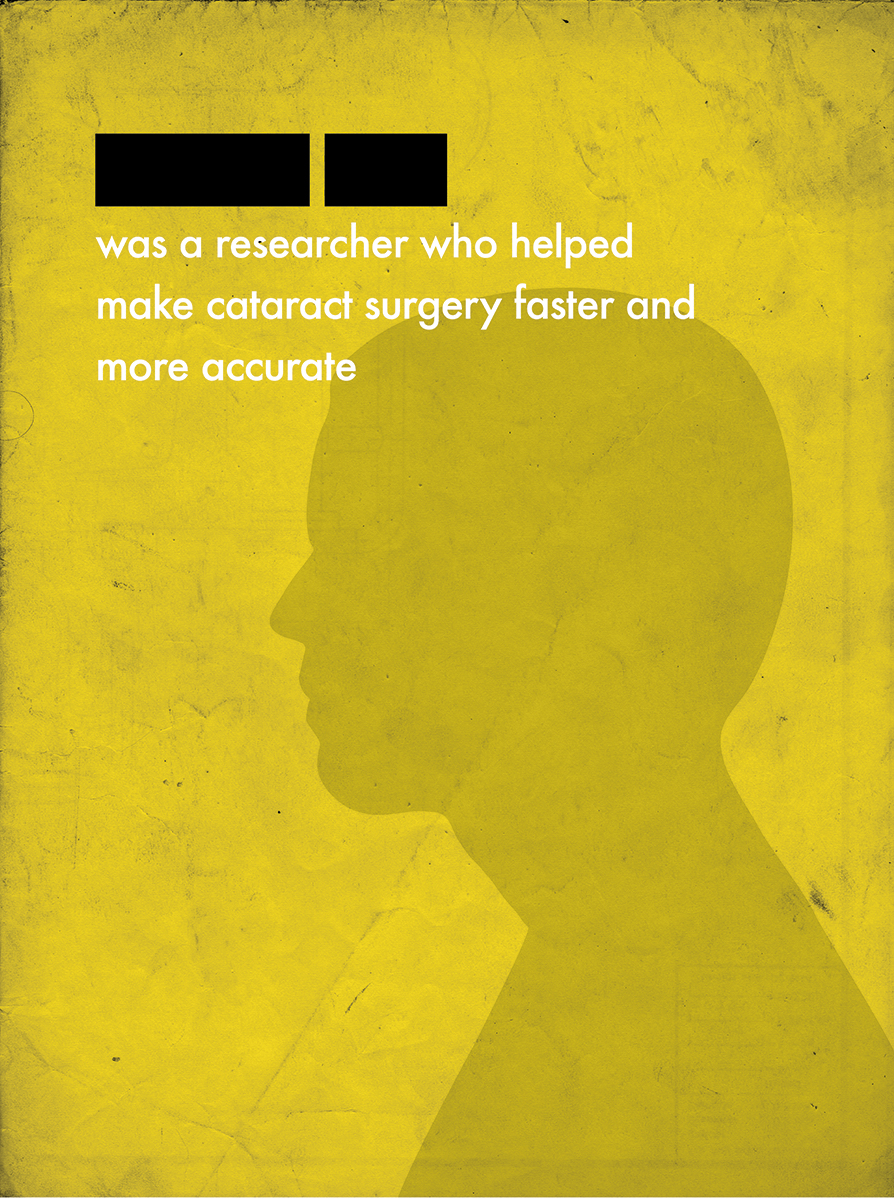

Series 1: In Context
These posters would be placed in contexts where the reveal would be achievable and organic. One would be around the corner of an o ce hallway. The reveal would happen as the viewer turned the corner. Another placement would be in magazines, such as Time, or other intellectual journals that our ideal audience would be reading. The reveal would happen as the viewer turned the page.
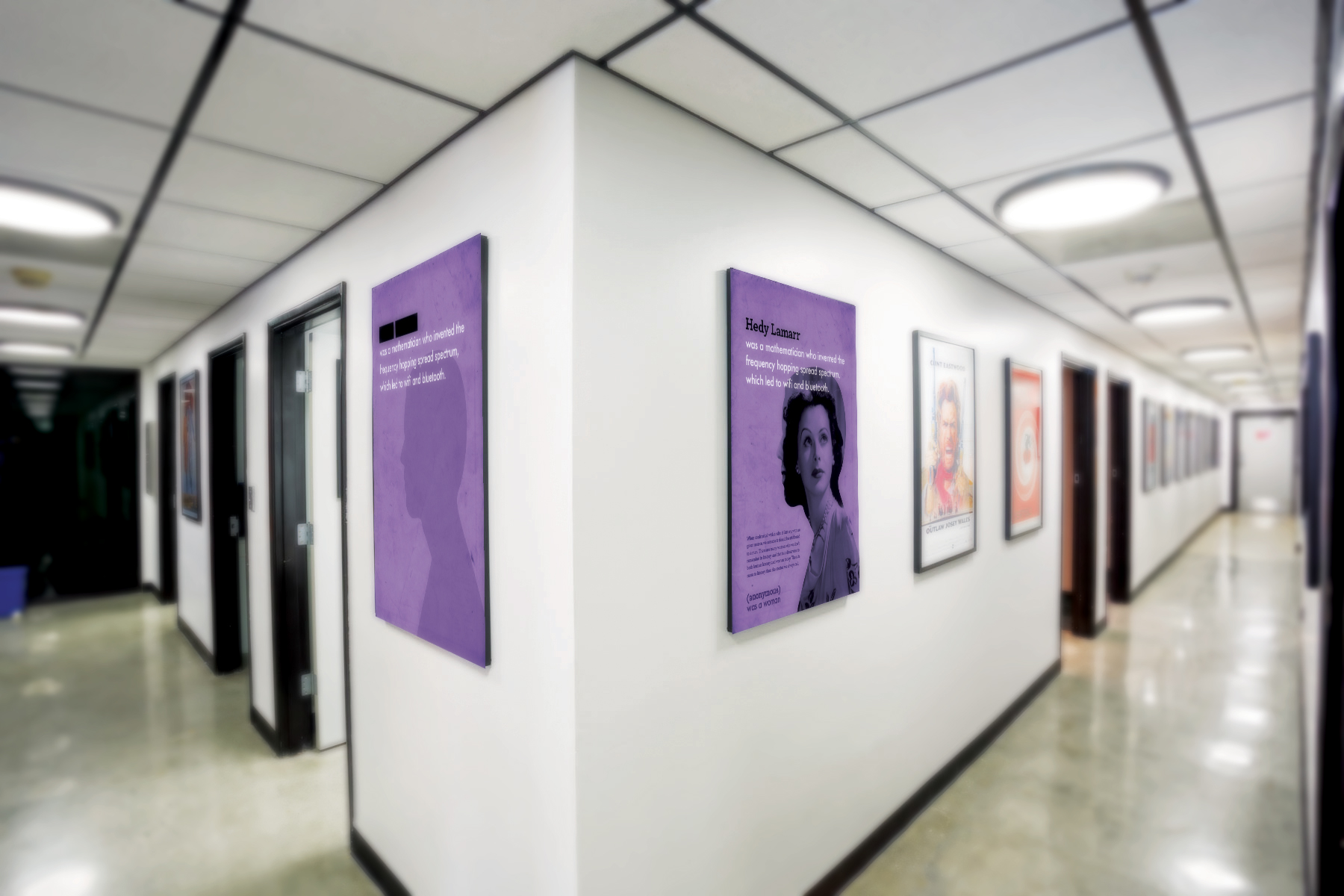

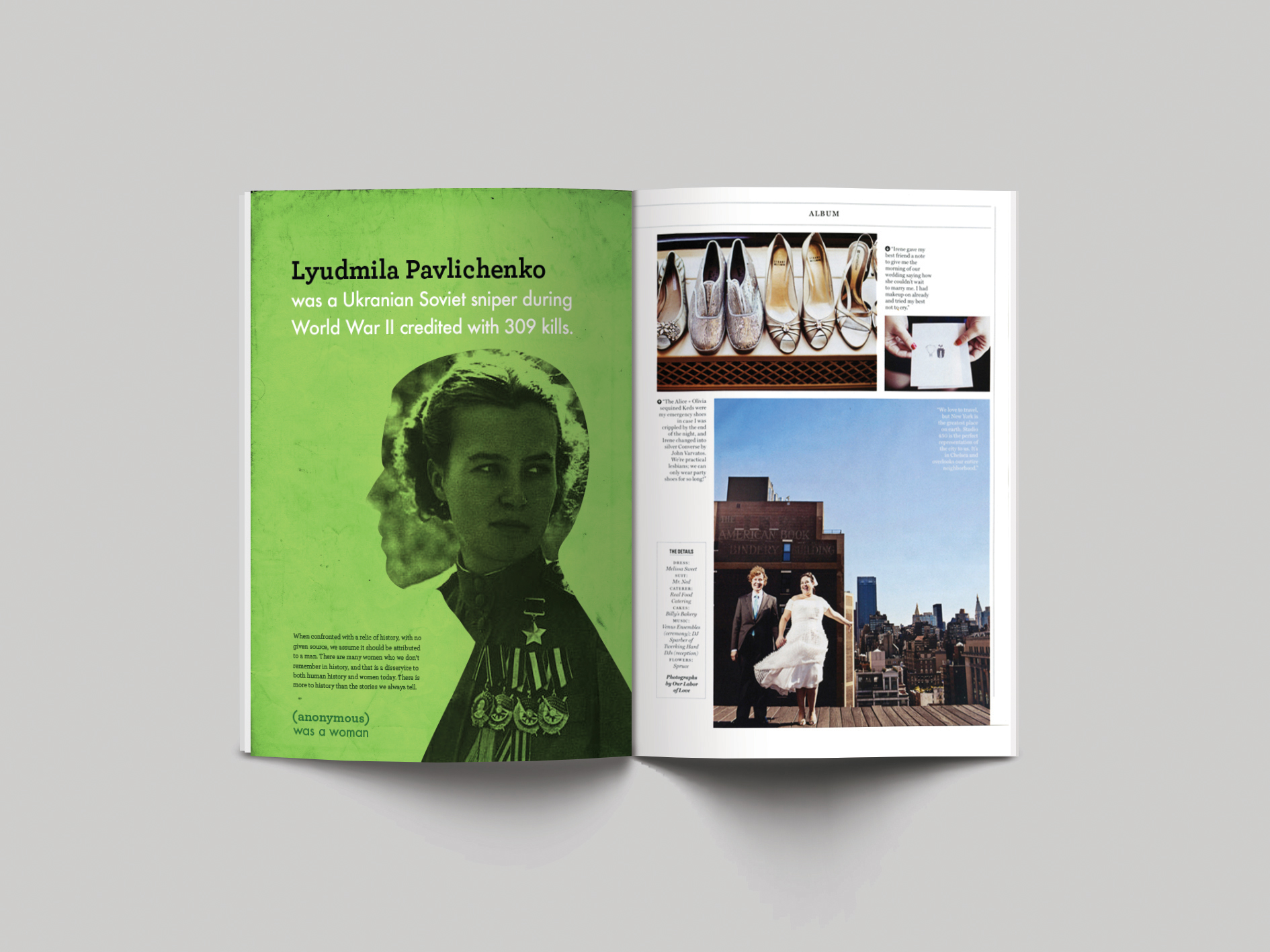
Series 2
The next piece is based in the context of a street sidewalk. A series of posters would be hung next to each other. The middle panels would show quotes with the names blocked out, never revealed. The rst panel is the campaign logo, and the last panel is the Virginia Woolf quote. Her name is not blocked out to make it visually stand out from the rest. The rst and last panel give the middle ones context. They are anonymous quotes that could be women, but most will assume otherwise.
As people walk by, they can understand the meaning from either direction. This could be placed by college campuses or any populous area, as the campaign has a relatively broad audience.
